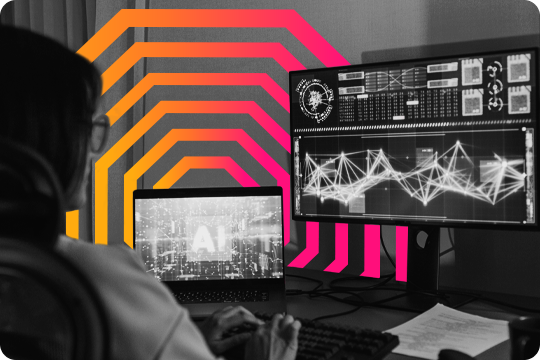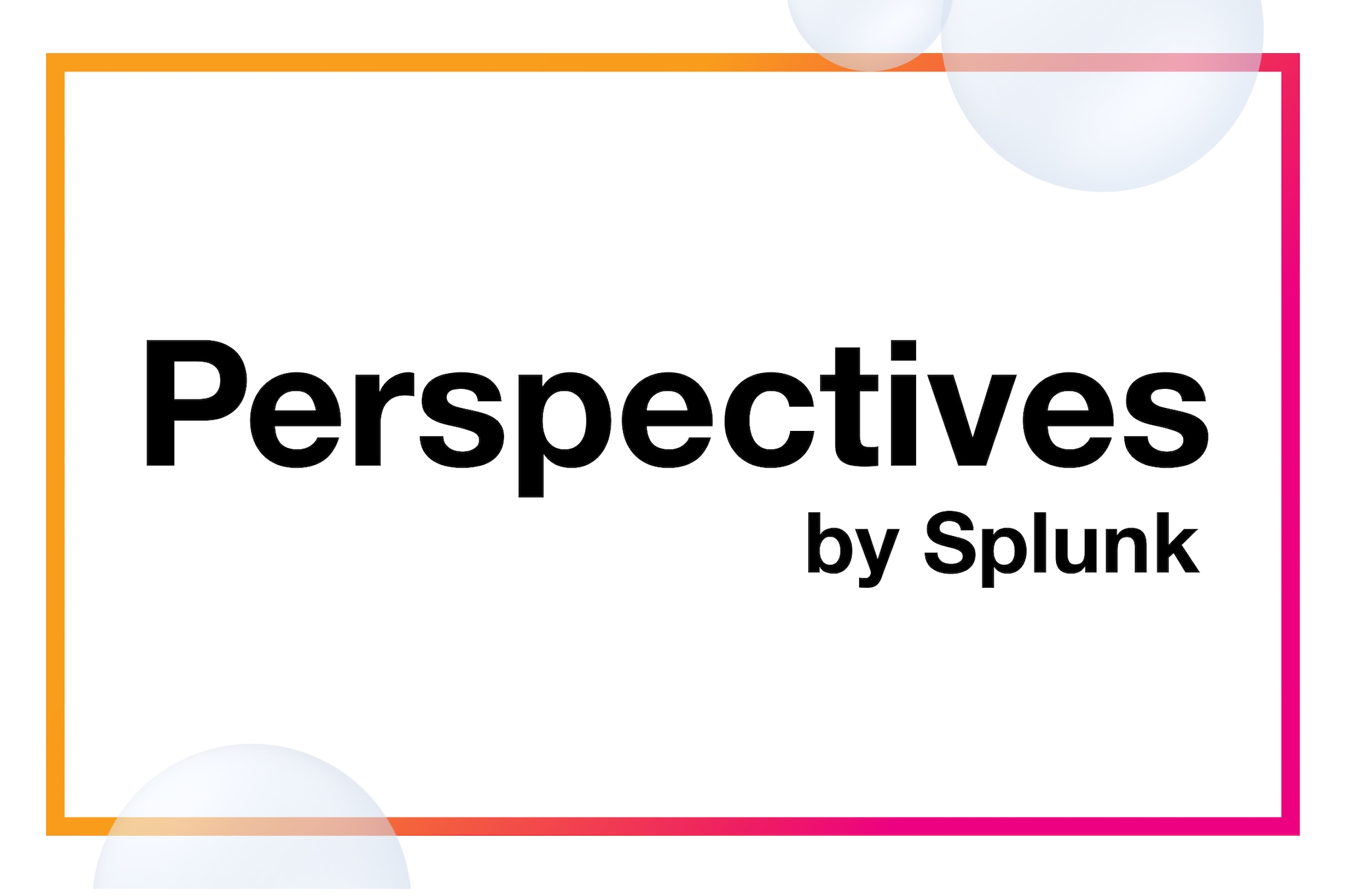"What's a rerun?"
After the Dartmouth workshop, progress was mind-boggling. From speaking English to proving theorems, AI was hitting its stride, and researchers and government agencies were intensely optimistic. Laboratory funding hit an all-time high throughout the 1960s. But by the 70s, technologists and researchers had hit a wall: Their projects failed to deliver tangible results, and investments soon dried up.
This was the first of several “AI winters” throughout the late 20th century. But by the 1980s, an “AI spring” had sprung, this time driven largely by the business community’s desire to create enterprise value from the technology. Despite falling into another AI bust cycle in the late 80s, there were memorable achievements throughout the 90s, like IBM’s Deep Blue chess-playing system and the introduction of artificial neural networks.
The rise of big data and more advanced computing in the new millennium set the stage for the present AI era. During this time, familiar players like OpenAI and Google’s DeepMind were founded alongside rising concerns that AI superintelligence and Artificial General Intelligence (AGI) are an existential threat to humanity.
“I guess you guys aren’t ready for that yet. But your kids are gonna love it.”
Today, we find ourselves in another “AI spring,” but this time, it won’t be followed by a deep winter. With the public rollout of generative AI platforms like ChatGPT, the technology has proven itself too valuable — and it’s only getting more advanced.
From generating an extensive itinerary for an upcoming Italian vacation to driving you down a bustling city street, today’s LLMs know everything. Their understanding of general knowledge would’ve been unfathomable a decade ago, proving just how far we’ve come. Although the technology is too far ahead to succumb to another bust cycle, challenges have arisen.
For starters, LLMs, which power generative AI models, run on enormously expensive GPU servers. Since 2022, companies have invested billions of dollars into AI, practically writing blank checks to any project with promise.
But in today’s uncertain economic climate, boards are getting anxious about returns, and their enthusiasm is fading. Whether it’s a security, observability, or business application, any AI investment must make financial sense to the organization and deliver a solid ROI.
There’s also environmental impact. AI data centers use tremendous amounts of energy. AI power consumption is predicted to increase to 1000 terawatt-hours by next year. If companies build their businesses on AI and LLMs, this could cause an environmental crisis. It’s time we rethink these architectures.
Clearly, generative AI isn’t going anywhere. But what comes next? Now, back to the future.
“Roads? Where we’re going, we don’t need roads.”
2025 will be about mapping ROI to AI projects and proving value as executives strategically fund AI investments with tangible results they can tout to their boards. Instead of financing an R&D shop, organizations will need to produce real, practical products, like those that aid entry-level workers' productivity and improve operations.
In the security operations center (SOC), this will mean helping set alerts or automatically generate run books. In the network operations center (NOC), AIOps will drive anomaly detection and root cause analysis, predict issues, and automate responses.
Whatever form factor AI takes, companies will have to prove its value. That’s why, in 2025, more companies will turn to domain-specific small language models (SLMs), which significantly reduce operating costs.
Remember when I said today’s LLMs know everything? That knowledge is helpful in certain situations, such as general queries and data analysis. But do you need all that knowledge all the time? Reducing the model to a reasonable size that fits a specific use case can significantly decrease cost. Plus, SLMs are generally cheaper to train and deploy than LLMs. And from an environmental perspective, SLMs consume less energy, which is good for the environment and the bottom line.
The best part about SLMs is that they are far more accurate than general-purpose LLMs, which are trained on public data that inherently carries more biases. Specialized models perform better at their assigned tasks, which will better serve organizations using AI for specific security or IT applications — just like a subject matter expert. They will also be less prone to AI hallucinations.
For these reasons, the future of AI will be domain-specific.
Of course, there are other exciting AI advancements to look forward to. On the consumer side, agent technology will one day take action on certain tasks — like booking last-minute dinner reservations for your anniversary. And while we still may not have hoverboards in 2025, across the American west coast, AI-powered robotaxis are transporting more and more passengers safely to their destinations.
To our friends back in 1956, today’s AI achievements would be like something out of science fiction. So, what does the far future hold for AI? As Doc Brown said: “The future isn't written. It can be changed. Anyone can make their future whatever they want it to be."
To learn what other predictions my colleagues and I made for the year ahead, get your copy of Splunk Predictions 2025.






